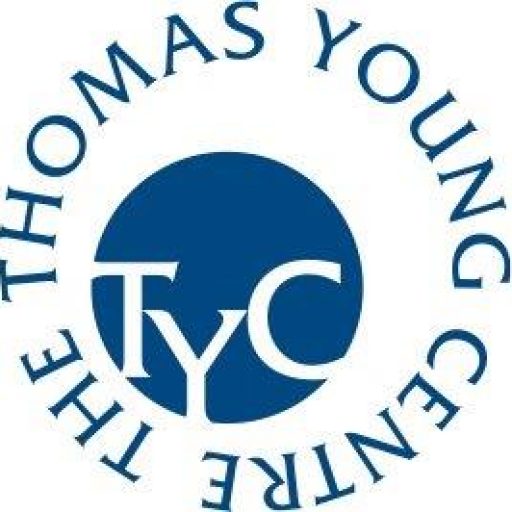
- This event has passed.
TYC Symposium: Modelling Phonons in Materials
26 January @ 2:00 pm – 4:00 pm
A dynamical view of mechanochemical reactions – Adam Michalchuk, University of Birmingham
https://www.birmingham.ac.uk/staff/profiles/chemistry/michalchuk-adam.aspx
Mechanochemical transformations are phenomenally complex, spanning many orders of magnitude in scale over length and time. At present, mechanochemical transformations are being routinely investigated at the macroscopic scale, but little is understood about the underlying, elementary stages of these transformations. Using ab initio modeling we are exploring at the atomic scale how a sudden mechanical impact can cause elementary chemical reactions in crystalline solids. Our models are based on the vibrational excitation incited by dynamic mechanical stresses. Rapid redistribution of this vibrational energy is found to cause extensive (and highly transient) heating of crystals, capable of causing chemical transformations. We will discuss these models and their implications for fundamental studies on mechanochemical transformations.
The (other) big bang theory: understanding impact sensitivities of energetic materials – Carole Morrison, University of Edinburgh
Impact sensitivity – literally a measure of how hard you need to hit an energetic material to induce detonation – is an important safety metric in energetic materials research. It is a difficult measurement to reliably record, however, as it will fluctuate with sample purity, crystal morphology, humidity, temperature and operator experience. This experimental variability motivated our work to devise a purely ab initio predictive model for impact sensitivity, which requires knowledge of just the crystallographic unit cell, and access to first principles (DFT) simulation. Having a predictive model is more than just an academic curiosity, as it allows exploration of structure/property relationships at the most fundamental of levels. This means that the search for new energetics with enhanced safety metrics could be screened for computationally, long before the synthetic chemist is tasked with making explosive molecules with unknown properties. This lecture will introduce our impact sensitivity predictor model, and outline some glorious new insights into energetic materials that it allows us to learn.
https://www.chem.ed.ac.uk/staff/academic-staff/professor-carole-morrison
Understanding and controlling the heat transport in thermoelectric materials – Jonathan Skelton, University of Manchester
Around 60 % of the energy used globally is wasted as heat, with clear implications for climate change. Thermoelectric generators (TEGs) can be used to recycle waste heat by harnessing the Seebeck effect in a thermoelectric material to extract electrical energy from a temperature gradient. An ideal TE requires a high Seebeck coefficient and electrical conductivity together with a low thermal conductivity. However, compared to the electrical properties the heat transport through the lattice vibrations (phonons) is less well understood. The lattice thermal conductivity can be modelled using techniques such as the single-mode relaxation-time approximation, and such calculations have proven valuable for understanding the low thermal conductivity in flagship TEs such as PbTe and SnSe. In this talk, we will discuss how calculations can be used to establish the physical origin of the suppressed heat transport in materials with low thermal conductivity, and we will demonstrate how this insight can be applied to identify new high-performance TEs and structural modifications to control the heat transport in existing materials.
https://www.research.manchester.ac.uk/portal/jonathan.skelton.html
Organised by:
Martijn Zwijnenburg
m.zwijnenburg@ucl.ac.uk

